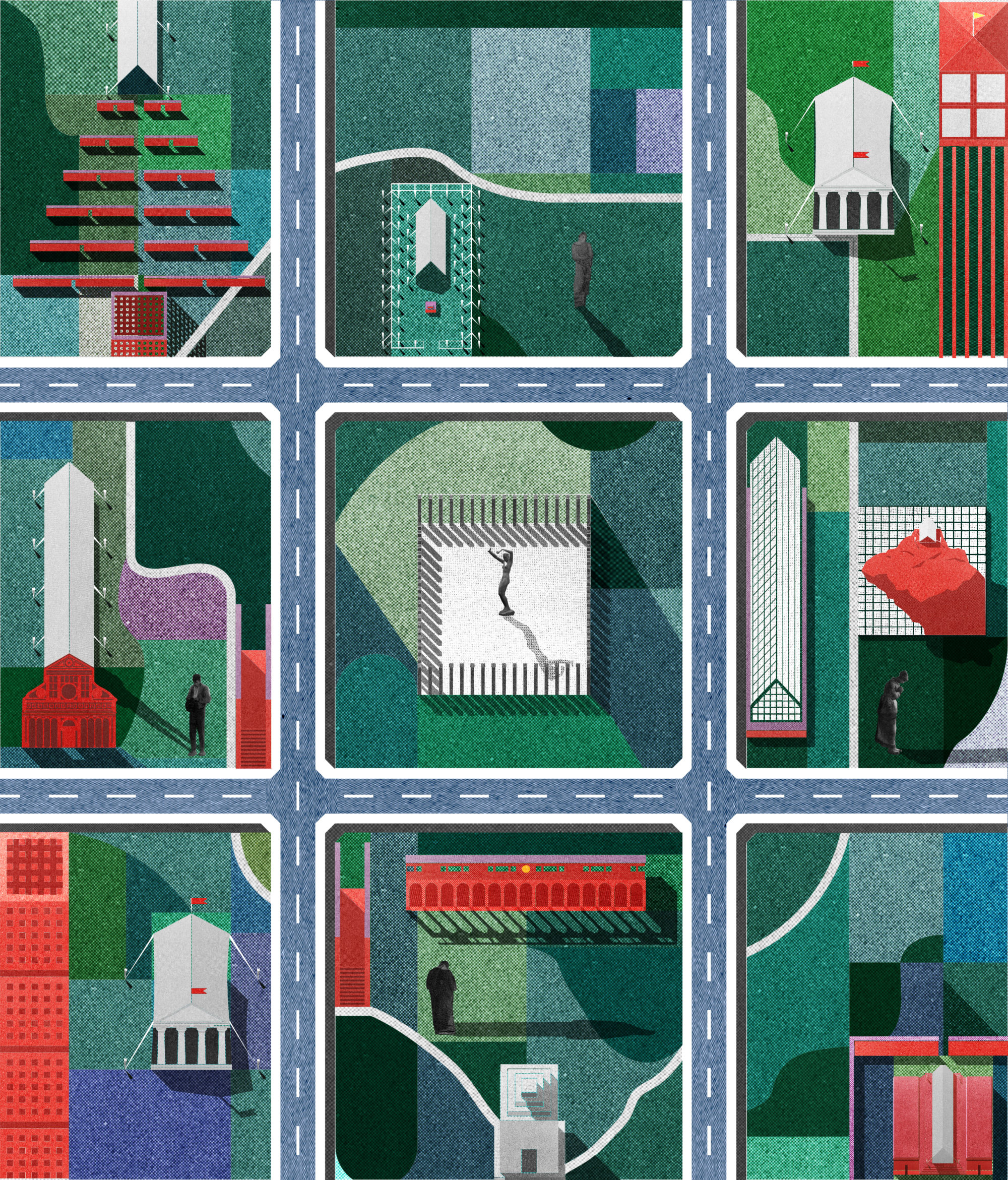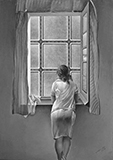The Architecture and The Refugees Tale
OOIIO


Architecture Land lived in peace in a society organized in four
groups: Promoters, Labourers, Users and Architects.
Promoters boosted society with their ambition, Labourers were the
strongest. Users admired Architecture, but could not relate with
her.Architects were the only ones in touch with Her. Led by the
Design Board, they worshipped the Holy Architecture, who ensured
the Country’s well-being.
One bad day a relentless crisis happened with no warning.
There were breaking years during which huge urbanized pieces of
land were abandoned.Promoters entered a state of depression.
Labourers lost their strength.Users blamed the Design Board of
forgetting about the Country’s defense.
Architects fled abroad. Only a few stayed.
Holy Architecture was no longer worshipped.There were terrible
wars far away and in Architecture Land they heard of thousands of
Refugees looking for shelter.The Design Board reactivated the free
urbanized spaces with Architects and Refugees by installing two
ephemeral architectural devices.A tent hiding behind a Greek
temple as workspace for the Architects. And a twisting queue
designed to hold the wait of the Refugees.
Architects built two towers and a big central square.
They would work in the towers in their sketches for the new
buildings.
Refugees would hear the decisions made by the Architects and would
use the Square, an open space conceived for the People, to
manifest their discontent. Refugees were given the right to
cultivate the land trapped by the net of useless
infrastructures.Refugees got those vast camps to be productive
again. The lonely vacant lots trapped by soulless nets of
infrastructures became fertile again. They grew roots in this land
they now called home.
Architects realized that when they worked for the user,
Architecture would reward them with a prosperous social
environment.
Architects decided to protect the construction from trivialization
by their memorialization.Refugees were not convinced about it. But
as it made their life better, they agreed to trust the
Architects.Memorialization meant a lot to the Architects as it
brought back the essence lost during the crisis.The Architects
asigned one monumentalization to each abandoned space, which would
contain independent reflections.
The first monument arises from Aldo Rossi’s melancholia.
The second one emerges from Le Corbusier’s manifesto about the
refuge.The third one turns Raggi’s tent into a temple. In the
fourth one Alberti’s4 façade hides what does not belong to the
canons. In the fifth one a fake mountain elevates the tent to turn
it into a landmark. In the sixth one the Architects build a
painting by De Chirico.In the seventh one the tent climbs onto
Nicolas Ledoux’s plinth.
Once the crisis was defeated, social groups did recover, but the
Design Board did not.Promoters used their regained ambition to
take over the Country.Arquitects were revoked through the
destruction of their towers and worship to Holy Architecture
ceased.The next move was to build in the Square. Participative
design dies and a New Order is born.
With worship to the Markets as State religion, a profitable
product was everything that mattered.Labourers adapted to the new
Regime.Users were converted to Markets adoration.Architects
admitted their defeat.Architecture vanished from Architecture Land
and the neglect towards environment caused a major climate change
of catastropphic consequences.When Architecture dies, humanity
lives worse.
Credits
The Architecture and The Refugees Tale
Author:
OOIIO, Joaquin Millán Villamuelas
Project teams:
Alejandra Sánchez Vázquez, Gaetano Carambia y Marta Muñoz Hermoso
(Traducción)
2016
